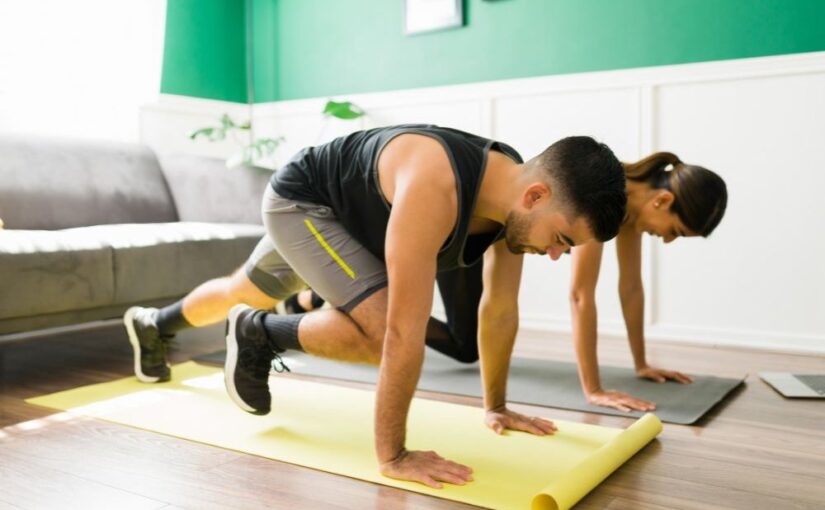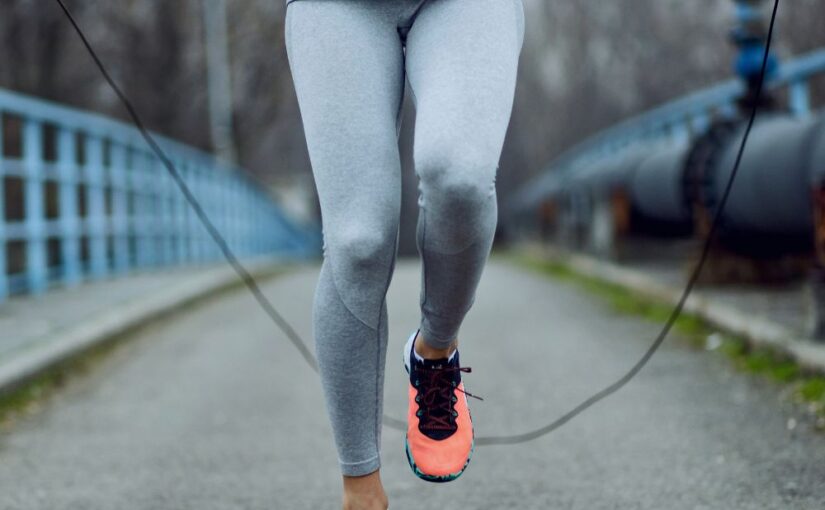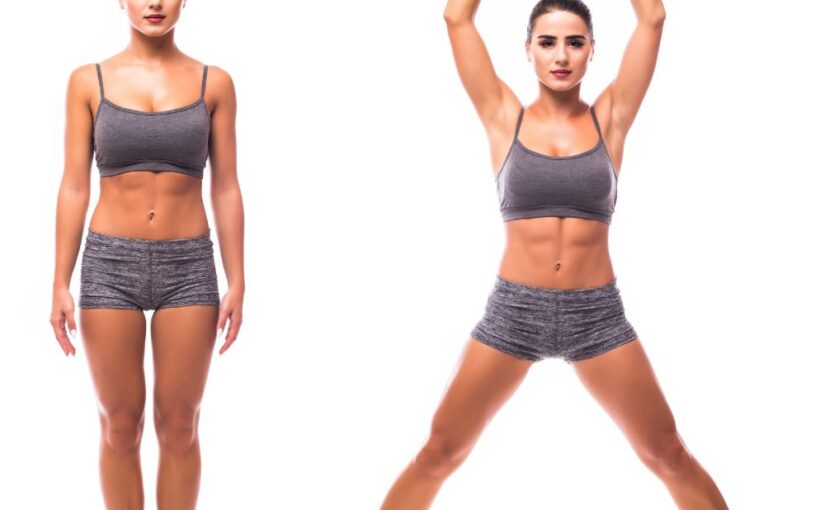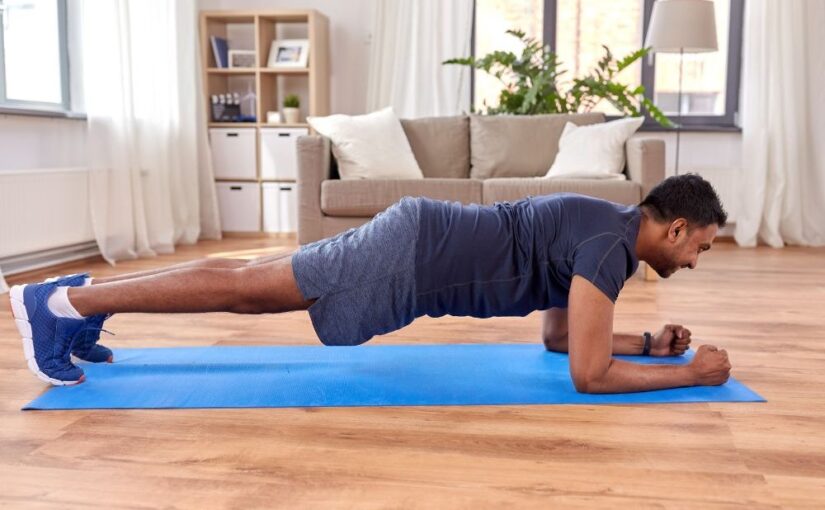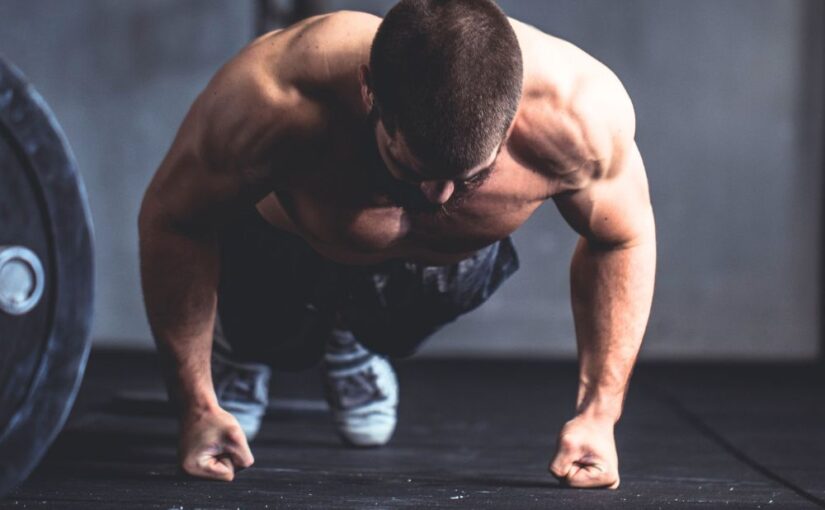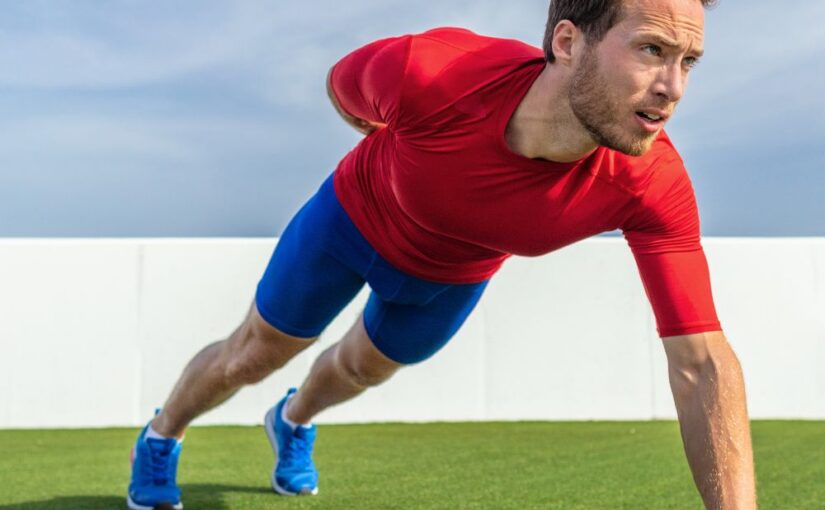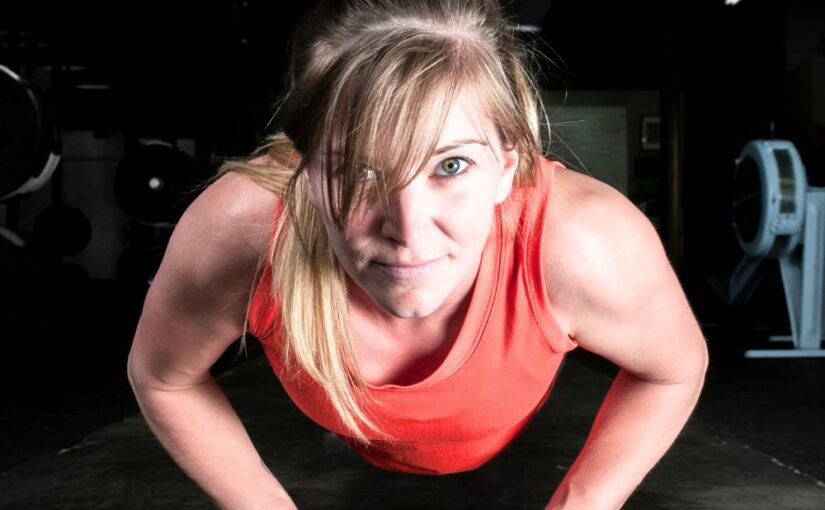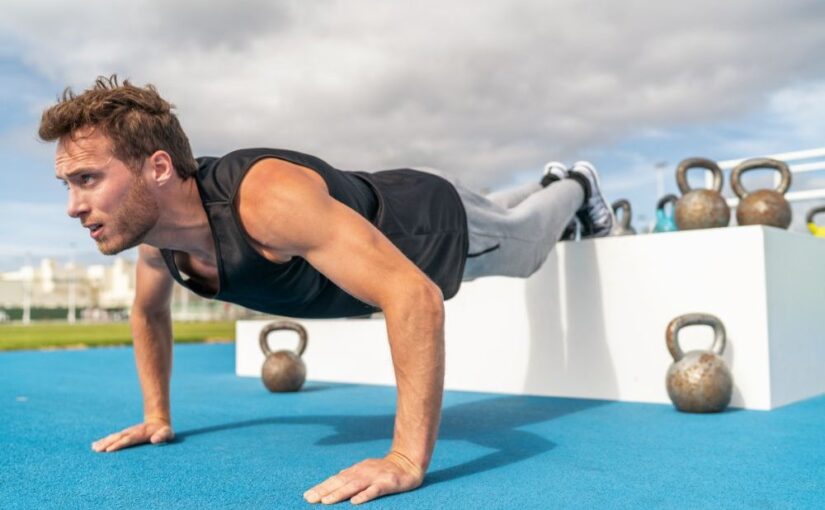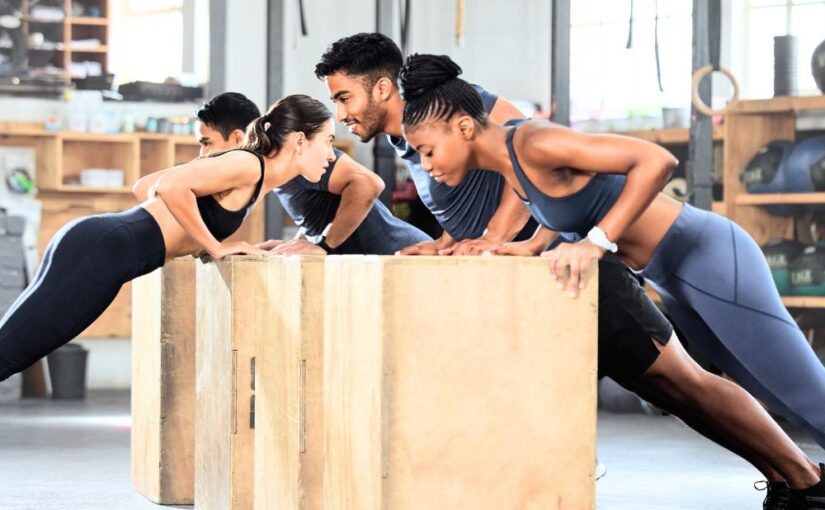Cardiovascular exercise, commonly known as cardio, is essential for maintaining heart health, improving endurance, and burning calories. Fortunately, you do not need a gym membership or costly equipment to enjoy a good cardio workout. Here are some effective cardio exercises you can do at home, regardless of your fitness level.
1. Jump Rope
Jumping rope is a great exercise to get your heart pumping. It improves coordination, burns calories, and can be easily adapted to your fitness level. Start with intervals: jump for 30 seconds, rest for 30 seconds, and gradually increase the duration as you build endurance.
Tips:
- Choose a rope that suits your height.
- Concentrate on landing softly on the balls of your feet.
2. High-Intensity Interval Training (HIIT)
HIIT workouts consist of alternating between short bursts of intense exercise with brief recovery periods. This method is efficient for burning calories in a short amount of time. A simple HIIT routine could include exercises like burpees, mountain climbers, and jumping jacks.
Sample Routine:
- 30 seconds of burpees
- 30 seconds of rest
- 30 seconds of mountain climbers
- 30 seconds of rest
- Repeat for 15-20 minutes.
3. Bodyweight Exercises
Bodyweight exercises are great for building strength and boosting your heart rate. Incorporate movements such as:
- Jump Squats: Squat down and jump up explosively, landing softly.
- Lunges: Perform alternating forward lunges or jump lunges for added intensity.
- Push-ups: Standard, incline, or decline push-ups elevate your heart rate.
4. Dancing
Put on your favorite music and dance! Dancing is not only fun, but also a terrific way to raise your heart rate. You can follow online dance workouts or simply freestyle in your living room.
Benefits:
- Improves coordination and balance.
- Reduces stress and boosts mood.
5. Stair Climbing
If you have stairs at home, use them to get your cardio fix. You can walk, run, or even do lunges up and down the stairs. For an added challenge, try running up the stairs and walking down for recovery.
Safety Tip: Ensure that the stairs are clear of obstacles to prevent falls.
6. Shadow Boxing
Shadow boxing is an excellent way to improve cardiovascular fitness while also building strength and agility. Throw punches in the air, incorporate footwork, and keep moving for an effective workout.
Routine:
- Warm up for 5 minutes (light jogging or jumping jacks).
- 3 minutes of shadow boxing, focusing on speed and technique.
- 1-minute rest; repeat for 20-30 minutes.
7. Online Workouts
With the rise of fitness apps and YouTube channels, there are countless free cardio workouts available. From dance cardio to kickboxing, find a style that you enjoy and follow along at home.
Recommendation: Look for beginner-friendly sessions if you’re just starting out.
8. Walking or Jogging in Place
If you prefer a low-impact option, simply walking or jogging in place can be effective. To increase intensity, lift your knees higher or incorporate arm movements.
Duration: Aim for at least 30 minutes, gradually increasing the pace.
Conclusion
Incorporating cardio into your home routine is not only possible but can also be enjoyable and varied. Whether you prefer high-intensity workouts or low-impact options, the key is to find exercises you love and stay consistent. Remember to warm up before starting any workout and cool down afterward to help prevent injury. With these options, you can keep your heart healthy and stay fit right from the comfort of your home!

